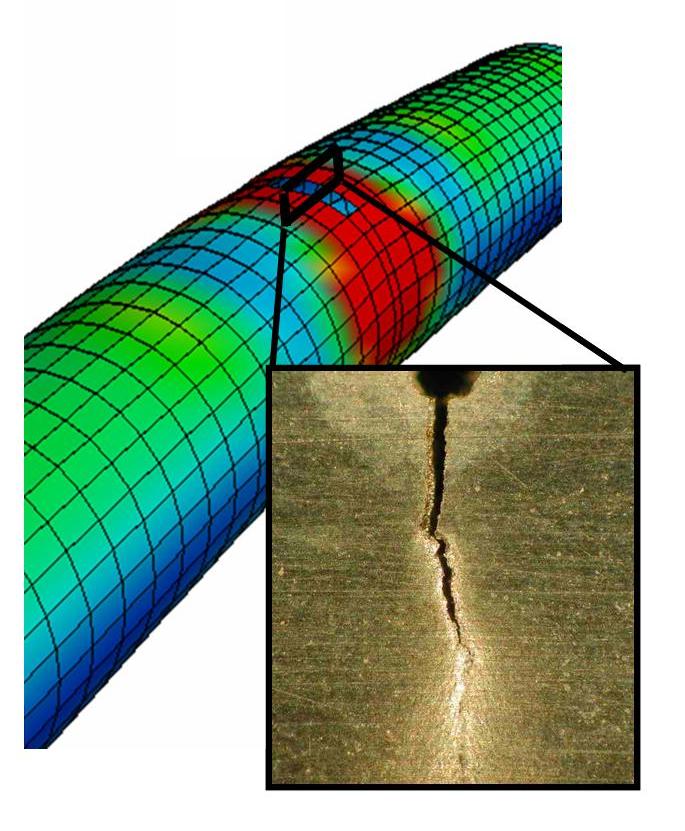You are here:
RESIA
/
Some project results
/
Failure assessment





